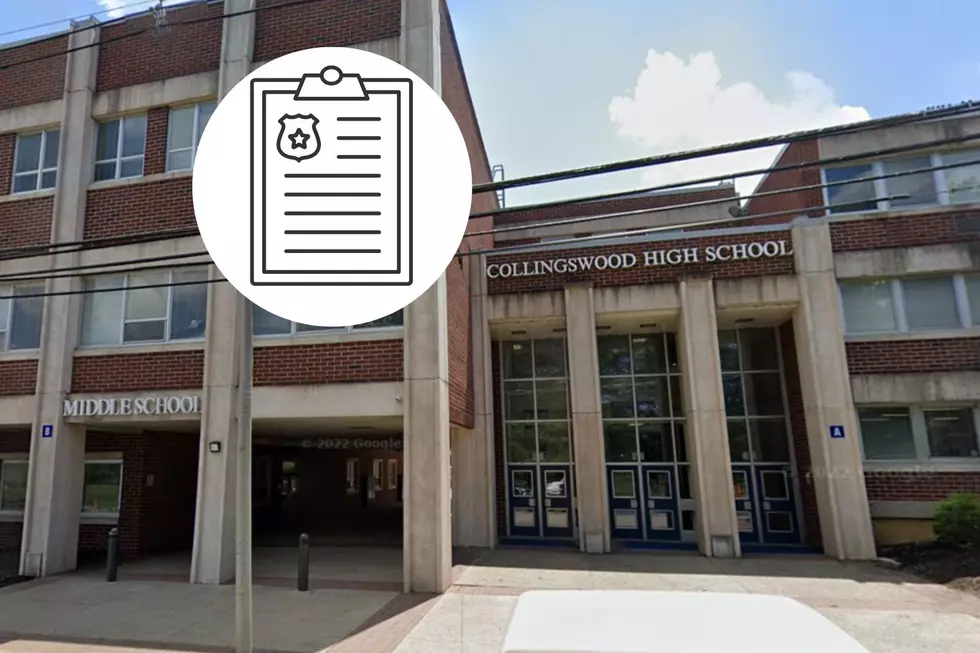
Joaquin aftermath: Beach erosion puts NJ at risk for the next storm
Hurricane Joaquin stayed hundreds of miles off-shore from Jersey this weekend, but there was still significant beach erosion from a nor’easter that caused almost three days of rain, wind and pounding surf.
In many locations, particularly in Atlantic and Cape May Counties, waves carried away significant amounts of sand from the beach and dune systems that had been built up after Superstorm Sandy almost three years ago. Atlantic City saw serious erosion in its north end and erosion was especially bad at the southern end of Sea Isle City and the north end of North Wildwood. Mantoloking, Toms River, Brick and Long Beach Island had major erosion as well.
Beaches in Brick and Mantoloking have been closed to the public over safety concerns due to large drop-offs of sand.
Jonathan Husch, chairman of the Rider University Department of Geological, Environmental and Marine Sciences, said the beach erosion that took place is significant.
“The more protection you have in terms of dunes, the broader, the higher they are, the more protected you will be,” he said. "This storm didn’t destroy the dunes but it did cut into them, so now there’s less protection for the next storm which will come along unless they’re rebuilt.”
However, Husch points out this replenishment and repair work is not going to be completed quickly or cheaply.
“Just to get the sand in and shaped it would take a matter of a number of weeks to a few months,” he said. “This is not something that can be done overnight. You either have to truck it in at very high cost, or you have to bring heavy equipment out onto the beach and reshape it or pump sand in from off-shore, which is also very expensive — millions of dollars per beach mile.”
According to Husch, the natural cycle of sand on a beach is very seasonal. There are high-storm events in fall and nor'easters the winter. Waves will ride up onto the beach, crash into the dunes and pull sand off them into the ocean.
Then when spring arrives, he said, more gentle wave action will tend to bring this sand back onto the beach, so sand is constantly being cycled on and off-shore.
So the problem for many towns is timing.
“In this most recent storm a lot of sand was pulled off the beach and it will take months for the quieter wave action to bring that sand back on naturally,” he said. "So for some towns waiting for the next storm, you just don’t have that time."
Husch also stressed what happened this past weekend — heavy rains and winds, even as Hurricane Joaquin turned away from the East Coast — might be described as the new normal.
He said 40 or 50 years ago, a storm like we just had would not have done as much damage because "sea level is now higher than it was, and many of the dunes that were around naturally 40, 50 years ago have been destroyed because of development on the shore."
At the same time, he said, there’s a lot more development down the Shore than there used to be — so when there’s flooding, more property is affected.
The Associated Press contributed to this story.
More From New Jersey 101.5 FM









